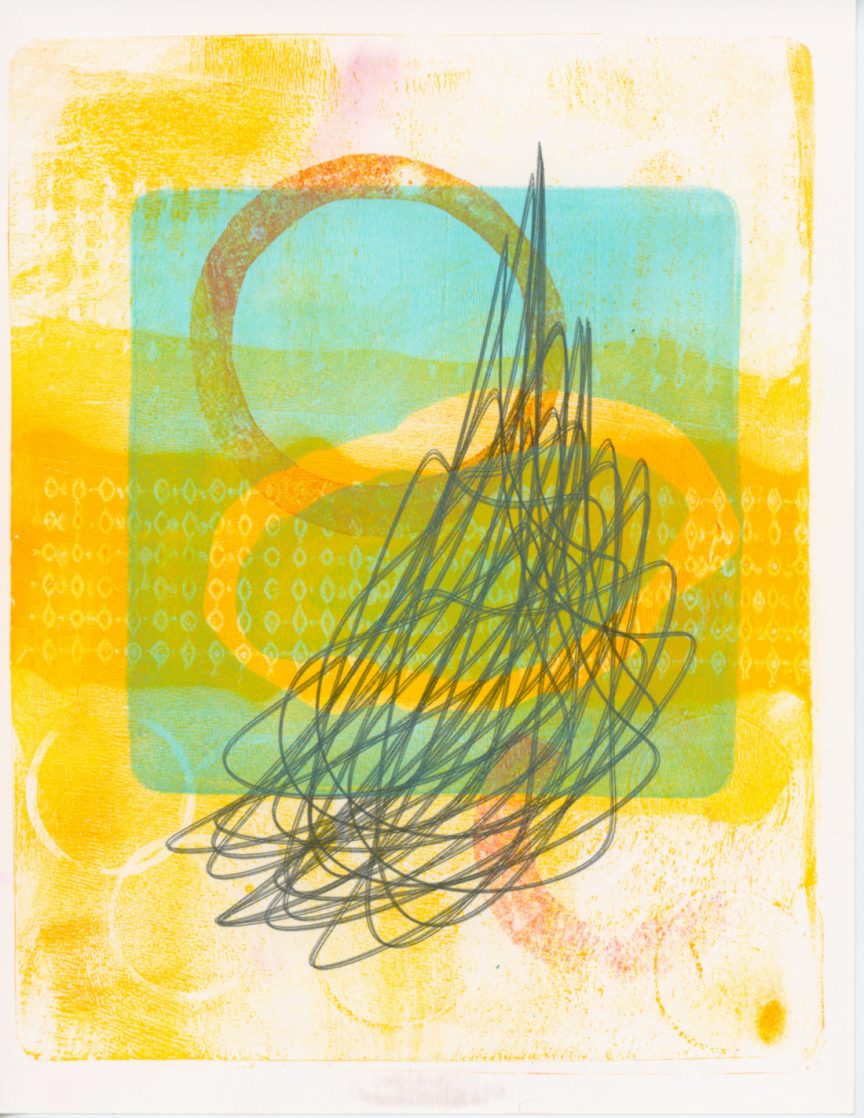Name: Tina Pressler
Which came first in your life, the science or the art?
Actually, art was really my first passion.
I grew up in a small, rural village in Germany where I would spend endless hours in my grandpa’s garage/workshop creating paper collages and organizing odds and ends by shape and colour. Woodturning, the craft of using hand-held tools to cut a shape that is symmetrical around the axis of rotation, was my absolute favourite activity.
However, as a first generation student, I choose a degree in medical laboratory sciences as a more linear approach to support my family. Interestingly, diagnostic analysis requires a lot of rhythm and repetition to recognize anomalies and calibrate for quality control. So in a funny way, these laboratory techniques and procedures are at the core of my art process today. I am never quite satisfied working on a single idea, but rather create a cycle of 50 or more experimental works answering the same question. Art and science have been in a constant dialogue throughout my career.
“I am never quite satisfied working on a single idea, but rather create a cycle of 50 or more experimental works answering the same question.”
Tina Pressler
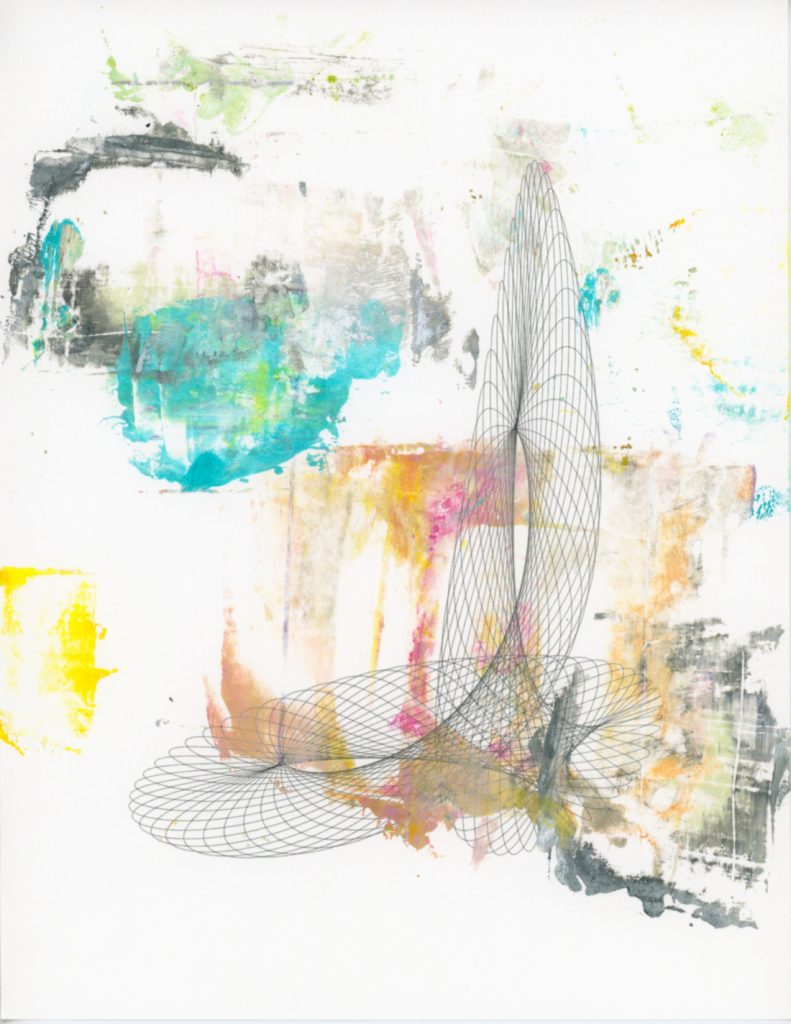
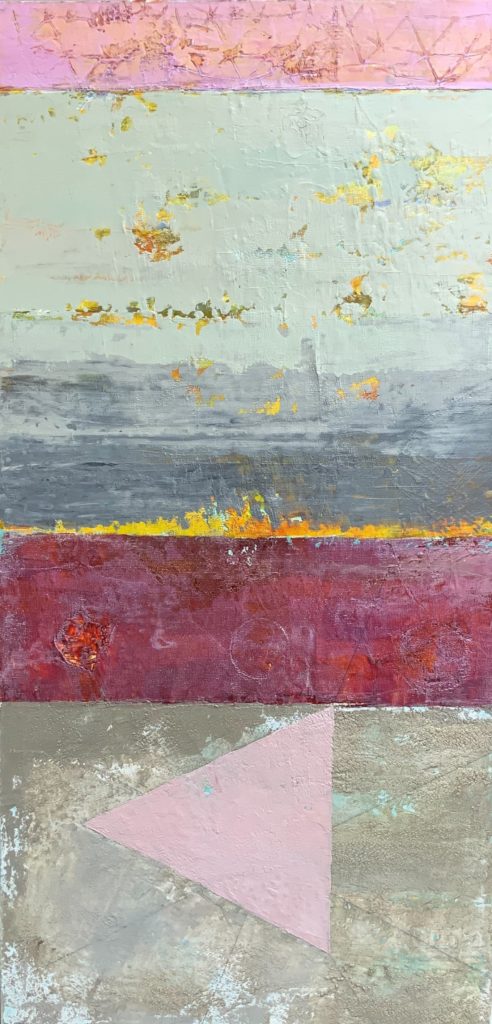
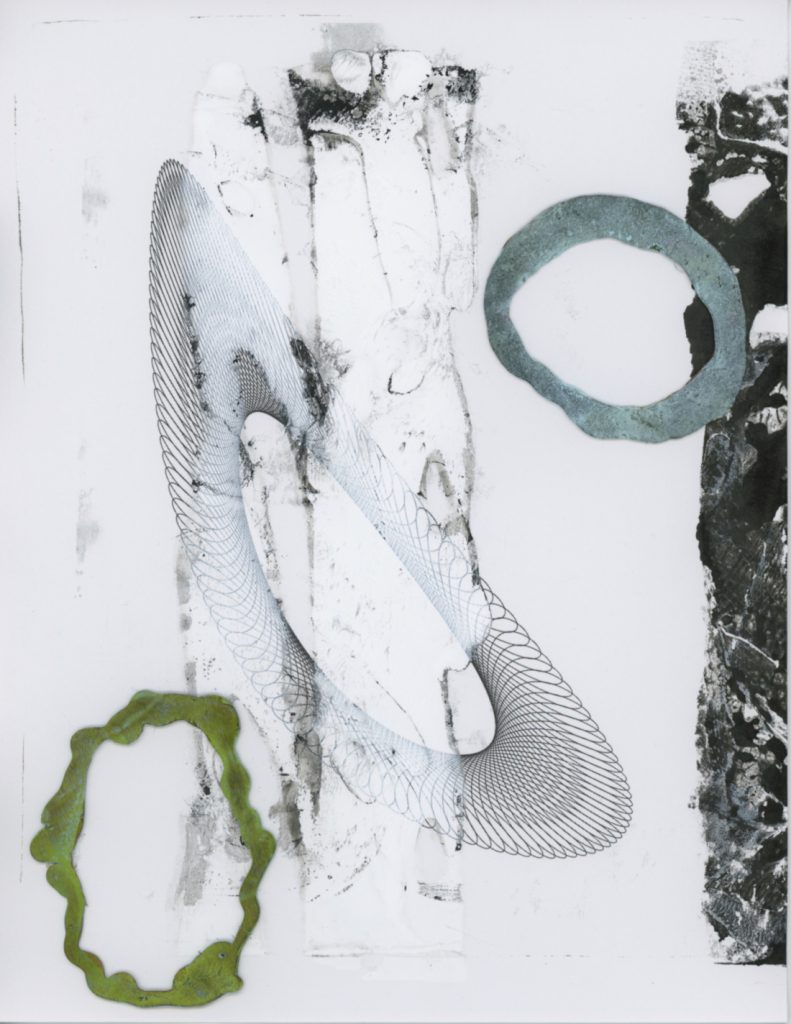
Which sciences relate to your art practice?
My paintings and prints explore a rhythmic dimension by integrating geometry with organic, structured accidents. The work focuses on boundaries and how they interface with space and movement. For me, it’s an abstract analysis of mathematics, music, and the environment in which we operate.
Ultimately, I’m investigating complexity in search of harmony.
What materials do you use to create your artworks?
Canvas and paper are my main substrates, embellished with acrylic paints and inks.
I usually start with a computer-generated Spirograph which gets transferred onto paper. I’m a printmaker without a press, so I use a gelatin plate with acrylic inks for colour. Texture and design layers are added with handmade printing plates, collagraphs, and cut out paper masks. Most often, I set an intention and title for the series before I begin working. What follows is a rapid experimentation where one painting sets the stage for the next. A ripple effect emerges as I let go of expectations and invite chance into the creative flow.
“A ripple effect emerges as I let go of expectations and invite chance into the creative flow.”
Tina Pressler

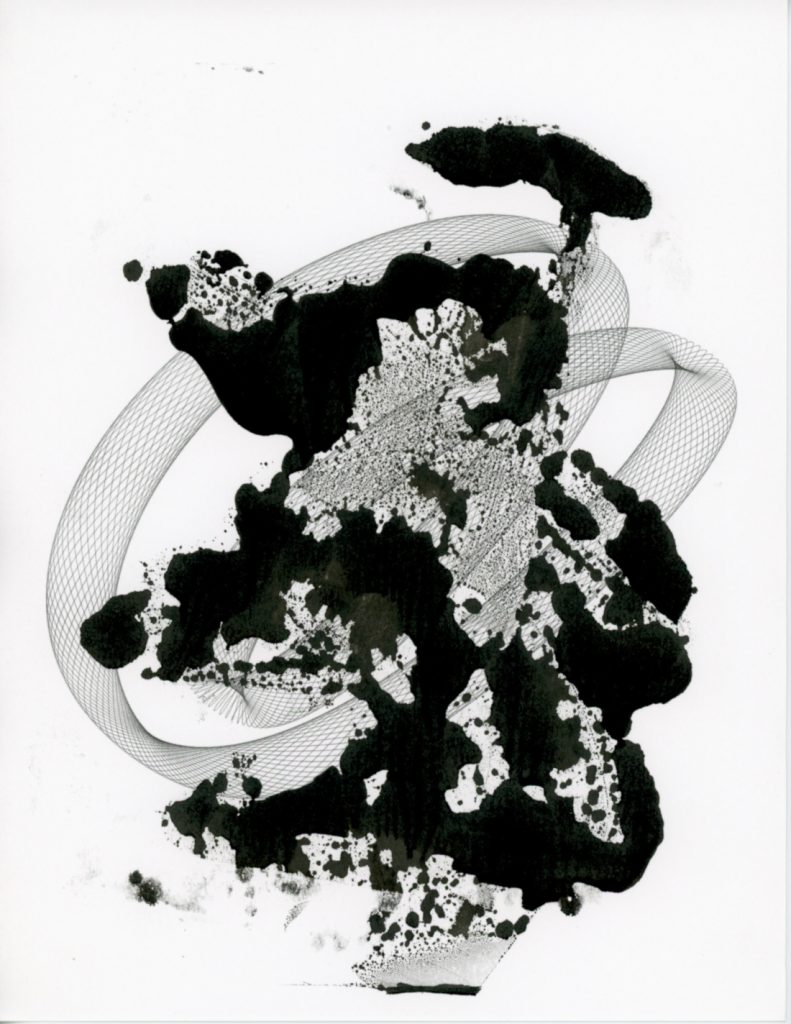
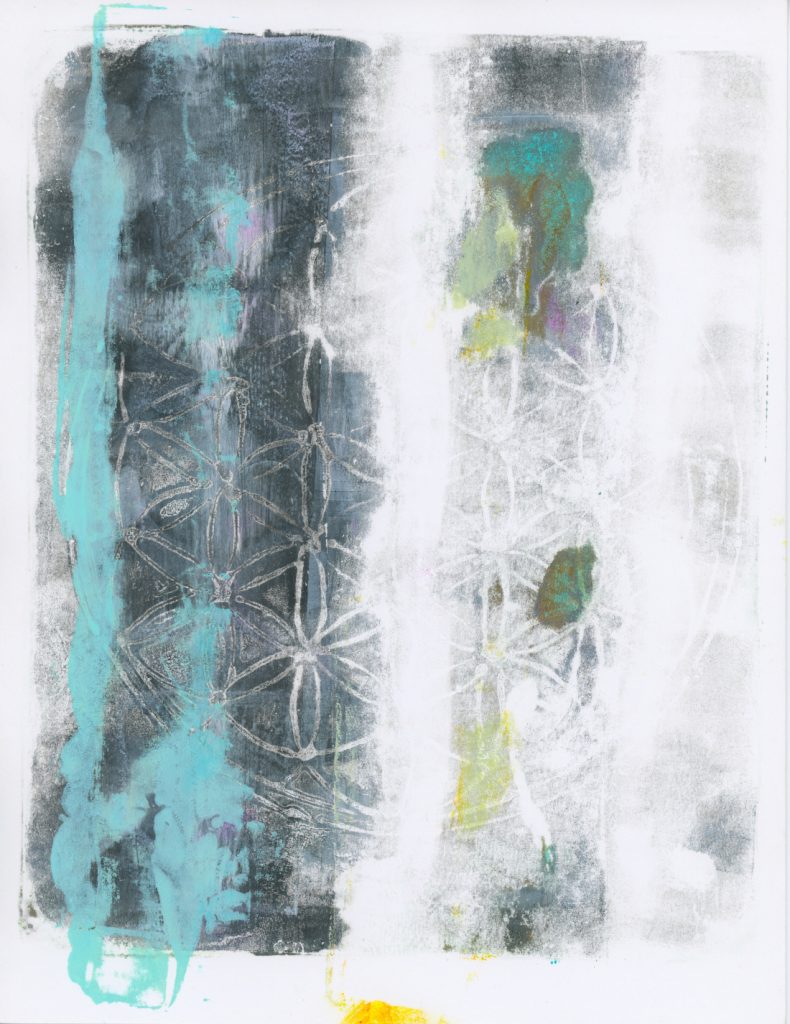
Artwork/Exhibition you are most proud of:
I am always most excited about the creative possibility that’s about to crystallize. Let me share a beautiful quote by Mark Rothko: “The progression of a painter’s work, as it travels in time from point to point, will be toward clarity: toward the elimination of all obstacles between the painter and the idea, and between the idea and the observer.”
As for exhibitions, I am most proud of a show at the San Luis Obispo Museum of Art.


Which scientists and/or artists inspire and/or have influenced you?
M.C. Escher’s mathematically inspired woodcuts are intriguing to me for their exploration of infinity, symmetry, and tessellations. Antonio Vivaldi’s wholly original violin concerto The Four Seasons for its musical concept of representing a visual environment. Also, Australian Aboriginal art because it can be seen as a language in itself, communicating through beautiful patterns.
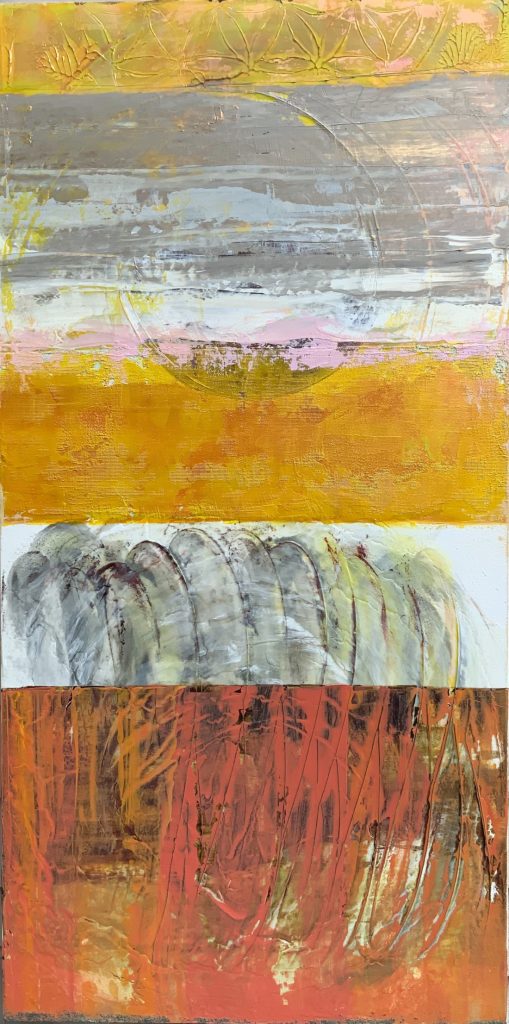
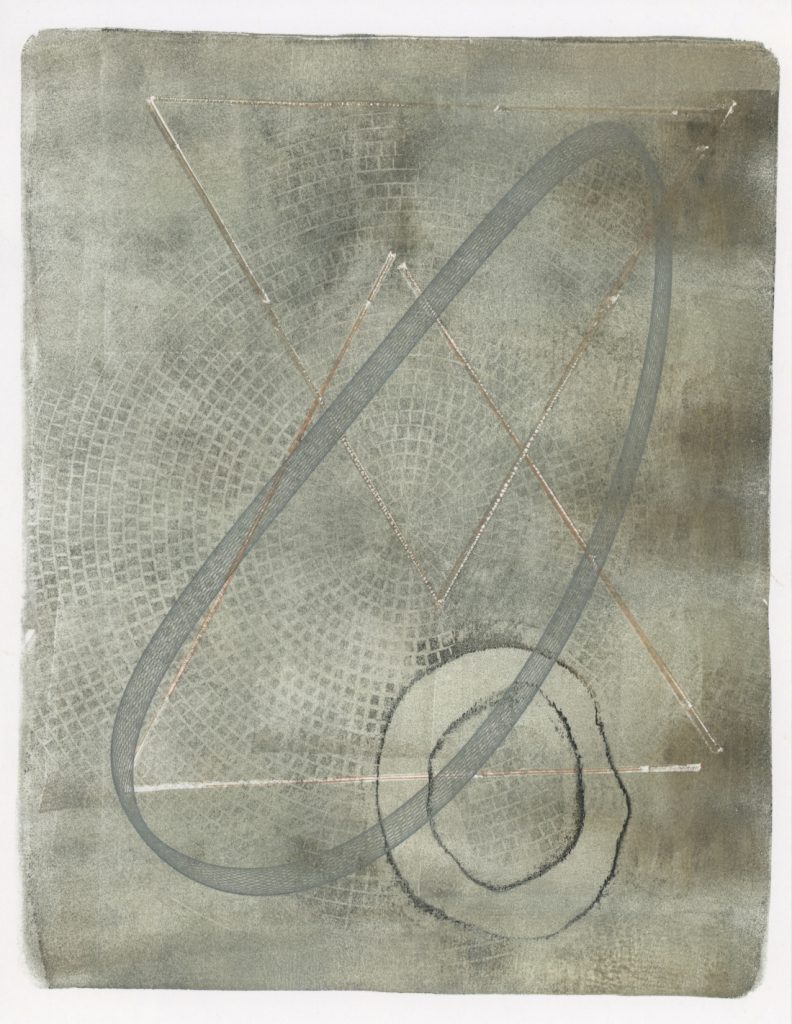
For more by Tina Pressler, visit her website or Instagram.
Share this Post

